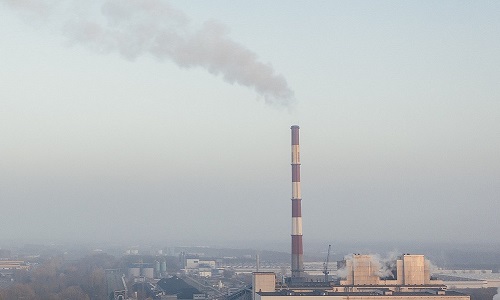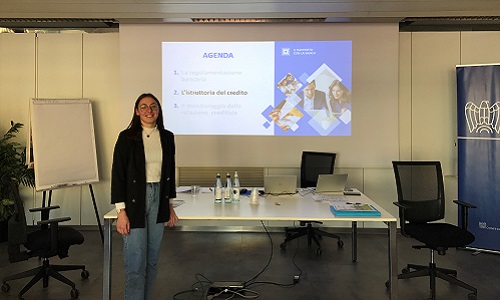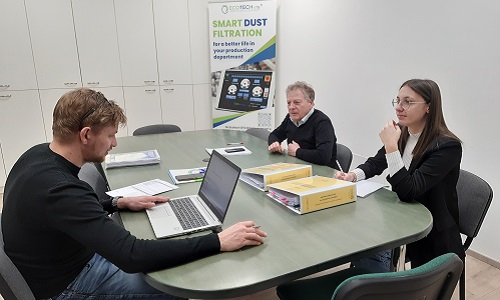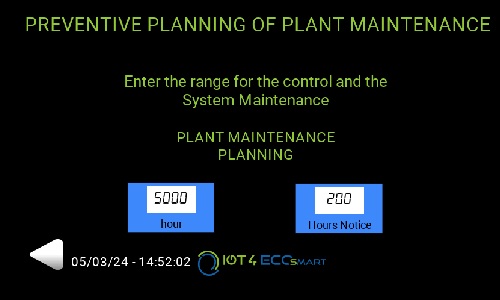
CHECKS ON EMISSIONS INTO THE ATMOSPHERE
Continuous monitoring systems, locally and remotely, on emissions into the atmosphere.
Community and / or national legislation provides for the presence of continuous emissions monitoring systems (SMCE) or systems for analyzing emissions (SAE) into the atmosphere for certain types of plants.
- Controls on emissions into the atmosphere
Arpa carries out direct and indirect checks on the emissions into the atmosphere, conveyed and diffused, generated by establishments in which there are authorized plants with the aim of verifying both compliance with the limits set for the substances emitted and the prescriptions indicated in the authorization deeds, assesses the compliance self-monitoring operations as well as the environmental management of plants that produce emissions. Arpa checks and controls the conditions of air pollution possibly reported by public and private subjects. - Control of emission sources into the atmosphere
This control is declined at the level of activities in the field of sampling and measurement at the stack and documentary checks; the activities are planned on the basis of the environmental load associated with the activity carried out, the presence of dangerous substances, the existence of critical issues already encountered in the past, the lack of controls in the medium term. Arpa controls thousands of subjects responsible for emissions into the atmosphere every year. The Agency also intervenes, even when ready, in cases of reported criticality for the atmospheric sector attributable to emissions. The Agency's control is capillary and widespread in the territory of competence and concerns both traditional pollutants and micro-pollutants, organic and non-organic, on the basis of the same criteria of efficiency and homogeneity. - Check validity and conformity of self-checks
The verification of the self-monitoring activities follows the communications of the Companies in relation to the phases of initial or periodic self-monitoring of emissions, favoring logics that take into consideration the environmental load associated with the activity carried out, the critical issues linked to certain production activities and the differentiation between sectors different. In this context, the control activity carried out directly in the field, at the time of self-control, on new emission points or on existing plants of high environmental significance is generally preferred. The type of control in question is particularly effective in disseminating and advocating the concepts of good practice, professionalism and reliability in self-certification of conformity practices by the subjects responsible for emissions into the atmosphere.





